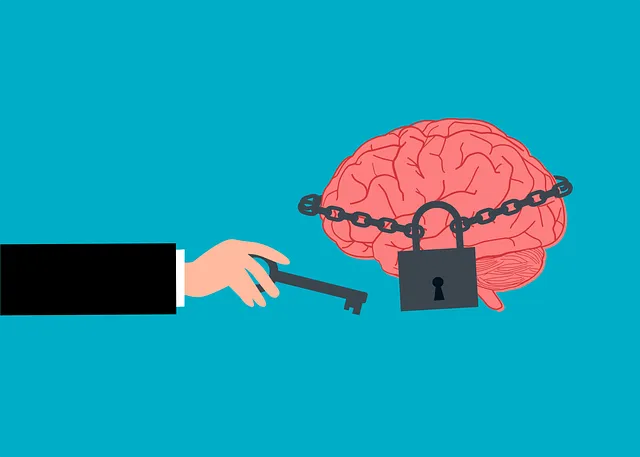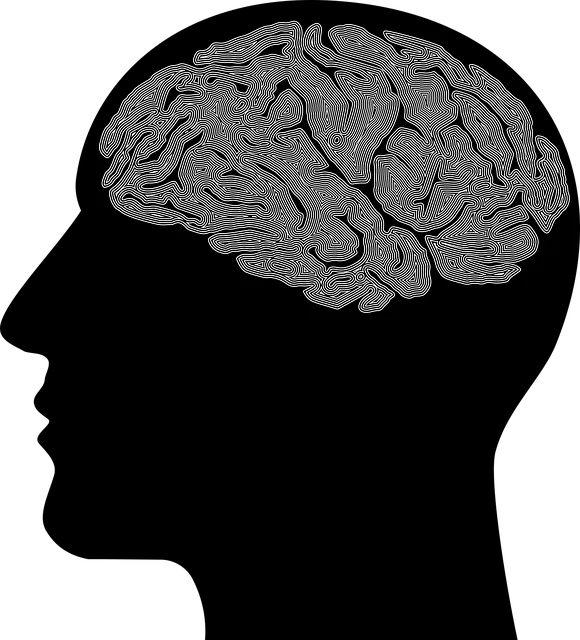Kaiser Permanente mental health facilities in Greenwood Village prioritize harm minimization through comprehensive risk assessment, focusing on both clinical and environmental factors. They employ a proactive approach by integrating Conflict Resolution Techniques, Emotional Intelligence, Stress Management Workshops, and Community Outreach Programs to create safe, supportive environments for patients. Continuous improvement strategies, including protocol reviews, patient feedback from the Mental Wellness Podcast Series, cultural competency training, and crisis intervention guidance updates, ensure their services meet best practices, enhancing mental health care quality in Greenwood Village and beyond.
Risk assessment and harm minimization planning are critical components of ensuring safe and effective mental health services. This article explores essential strategies for navigating these processes, drawing insights from the successful practices employed by Kaiser Permanente in Greenwood Village. We delve into understanding risk assessment as a foundational step, identifying unique risks specific to mental health services, and developing comprehensive plans for harm minimization. Additionally, we examine implementation and monitoring strategies for continuous improvement, offering valuable guidance for healthcare providers.
- Understanding Risk Assessment: A Foundation for Harm Minimization
- Kaiser Permanente Mental Health Approach: Best Practices in Greenwood Village
- Identifying and Evaluating Risks Specific to Mental Health Services
- Developing a Comprehensive Harm Minimization Plan
- Implementing and Monitoring Strategies for Continuous Improvement
Understanding Risk Assessment: A Foundation for Harm Minimization

Risk assessment is a fundamental process that forms the backbone of effective harm minimization planning, especially within healthcare settings like Kaiser Permanente mental health facilities in Greenwood Village. It involves meticulously evaluating potential hazards and their likelihood of causing harm to patients or staff. By identifying risks, from clinical errors to environmental factors, healthcare providers can implement tailored strategies to mitigate these dangers.
This proactive approach ensures that emotional healing processes are optimized, aligning with the mission of organizations like Kaiser Permanente to deliver holistic care. Moreover, integrating risk assessment into harm minimization planning demonstrates a commitment to patient safety and staff well-being, enhancing the overall quality of mental health services provided in Greenwood Village and beyond.
Kaiser Permanente Mental Health Approach: Best Practices in Greenwood Village

The Kaiser Permanente Mental Health Approach in Greenwood Village is a beacon of best practices in harm minimization and risk assessment. This comprehensive strategy prioritizes not just treating mental health issues, but proactively fostering an environment that encourages emotional well-being. By integrating Conflict Resolution Techniques and promoting Emotional Intelligence, Kaiser Permanente creates safe spaces where patients can develop positive thinking patterns and build resilience against potential risks.
The approach leverages the expertise of healthcare professionals who are trained in recognizing subtle signs of distress, facilitating open dialogues, and providing timely interventions. This proactive stance goes beyond traditional treatment, aiming to equip individuals with the tools needed to navigate life’s challenges with enhanced coping mechanisms. The result is a holistic mental health ecosystem that not only minimizes harm but also empowers residents of Greenwood Village to thrive.
Identifying and Evaluating Risks Specific to Mental Health Services

Identifying risks specific to mental health services is a critical step in harm minimization planning. Organizations like Kaiser Permanente’s mental health facility in Greenwood Village recognize that managing risk goes beyond traditional physical safety assessments. It involves scrutinizing factors unique to psychological care, such as patient vulnerability, confidentiality concerns, and the potential for self-harm or harm to others.
Effective risk assessment in mental health services requires a comprehensive approach. This includes evaluating patient history, current symptoms, and past responses to treatment. The Stress Management Workshops Organization promotes techniques that address acute stressors while fostering emotional well-being promotion. Additionally, Community Outreach Program Implementation can help identify at-risk individuals early on, allowing for proactive interventions. By integrating these strategies, mental health service providers can create a more secure environment, anticipate potential harms, and implement targeted mitigation measures tailored to the specific needs of their clientele.
Developing a Comprehensive Harm Minimization Plan

In developing a comprehensive harm minimization plan, Kaiser Permanente mental health centers in Greenwood Village prioritize proactive strategies to ensure patient safety and well-being. This involves integrating various initiatives such as Stress Management Workshops aimed at empowering individuals with coping mechanisms. By organizing these workshops, the organization fosters an environment that encourages open dialogue about mental health challenges, thereby reducing potential harm.
Additionally, a Community Outreach Program Implementation serves as a cornerstone of their strategy. Through this program, Kaiser Permanente actively engages with the local community to raise awareness about mental health services available and promote healthy coping mechanisms. Compassion Cultivation Practices are also integrated into care plans, emphasizing empathy and understanding to create a supportive network around patients, which is vital for harm minimization.
Implementing and Monitoring Strategies for Continuous Improvement

Implementing strategies for continuous improvement is a vital aspect of risk assessment and harm minimization planning, especially within healthcare settings like Kaiser Permanente mental health facilities in Greenwood Village. This proactive approach ensures that services remain up-to-date with the latest research and best practices. Regular reviews of current protocols allow for adjustments based on emerging trends and patient feedback, fostering an environment of constant enhancement.
The Mental Wellness Podcast Series Production can serve as a tool to gather diverse perspectives and insights from both patients and healthcare providers. By monitoring and analyzing feedback from these podcasts, facilities can identify areas needing improvement. Additionally, Crisis Intervention Guidance should be regularly updated to reflect the evolving nature of mental health crises and effective de-escalation techniques. Healthcare Provider Cultural Competency Training is another key strategy; it equips staff with the skills to address diverse patient needs, ensuring a more inclusive and effective care environment.
Risk assessment and harm minimization planning are essential components of providing safe, effective mental health services. As seen in the Kaiser Permanente mental health approach in Greenwood Village, a comprehensive understanding of risk factors specific to these services is crucial for developing robust strategies. By identifying potential hazards and implementing tailored mitigation plans, healthcare providers can ensure a more secure environment for patients. Continuous monitoring and improvement are key to staying ahead of emerging risks, making this a dynamic process that benefits from ongoing evaluation and adaptation.






